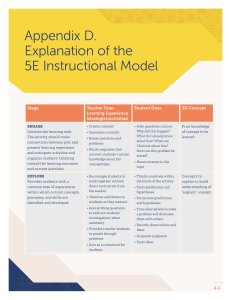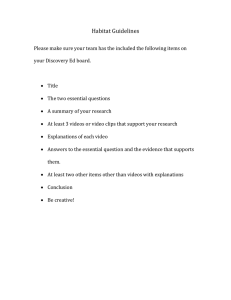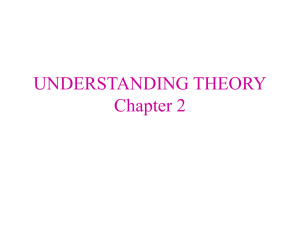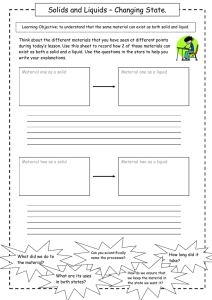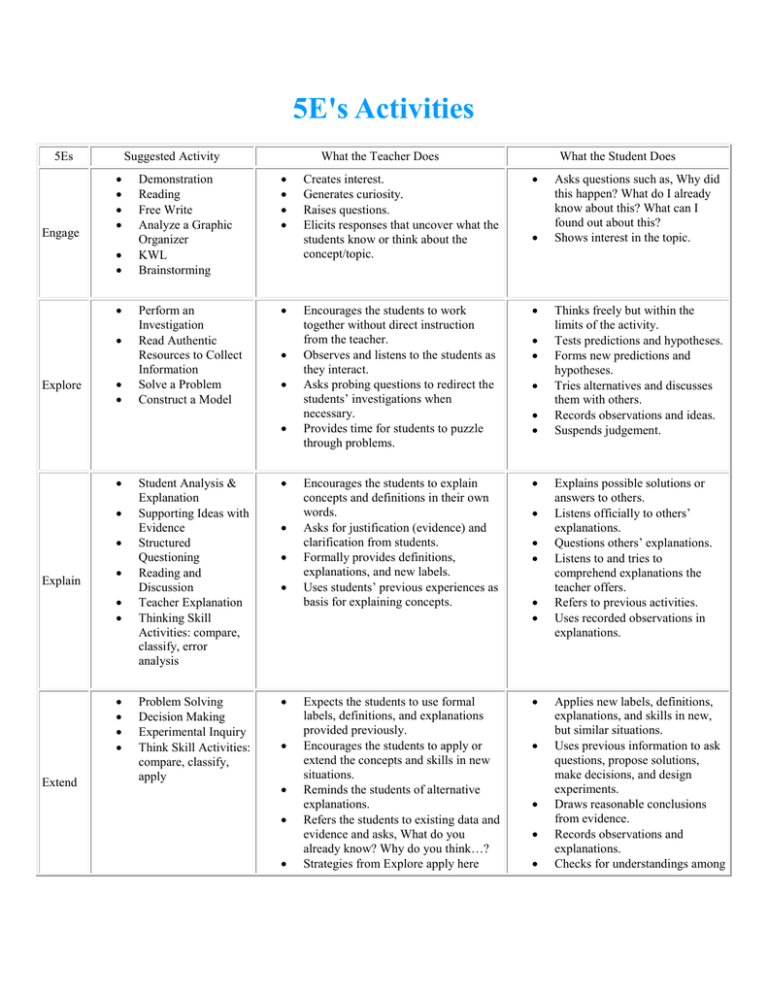
5E's Activities
5Es
Engage
Suggested Activity
Explore
What the Teacher Does
Demonstration
Reading
Free Write
Analyze a Graphic
Organizer
KWL
Brainstorming
Creates interest.
Generates curiosity.
Raises questions.
Elicits responses that uncover what the
students know or think about the
concept/topic.
Perform an
Investigation
Read Authentic
Resources to Collect
Information
Solve a Problem
Construct a Model
Encourages the students to work
together without direct instruction
from the teacher.
Observes and listens to the students as
they interact.
Asks probing questions to redirect the
students’ investigations when
necessary.
Provides time for students to puzzle
through problems.
Encourages the students to explain
concepts and definitions in their own
words.
Asks for justification (evidence) and
clarification from students.
Formally provides definitions,
explanations, and new labels.
Uses students’ previous experiences as
basis for explaining concepts.
Expects the students to use formal
labels, definitions, and explanations
provided previously.
Encourages the students to apply or
extend the concepts and skills in new
situations.
Reminds the students of alternative
explanations.
Refers the students to existing data and
evidence and asks, What do you
already know? Why do you think…?
Strategies from Explore apply here
Explain
Extend
What the Student Does
Student Analysis &
Explanation
Supporting Ideas with
Evidence
Structured
Questioning
Reading and
Discussion
Teacher Explanation
Thinking Skill
Activities: compare,
classify, error
analysis
Problem Solving
Decision Making
Experimental Inquiry
Think Skill Activities:
compare, classify,
apply
Asks questions such as, Why did
this happen? What do I already
know about this? What can I
found out about this?
Shows interest in the topic.
Thinks freely but within the
limits of the activity.
Tests predictions and hypotheses.
Forms new predictions and
hypotheses.
Tries alternatives and discusses
them with others.
Records observations and ideas.
Suspends judgement.
Explains possible solutions or
answers to others.
Listens officially to others’
explanations.
Questions others’ explanations.
Listens to and tries to
comprehend explanations the
teacher offers.
Refers to previous activities.
Uses recorded observations in
explanations.
Applies new labels, definitions,
explanations, and skills in new,
but similar situations.
Uses previous information to ask
questions, propose solutions,
make decisions, and design
experiments.
Draws reasonable conclusions
from evidence.
Records observations and
explanations.
Checks for understandings among
also.
Evaluate
Any of the Above
Develop a Scoring
Tool or Rubric
Test (SR, BCR, ECR)
Performance
Assessment
Produce a Product
Journal Entry
Portfolio
Observes the students as they apply
new concepts and skills.
Assesses students’ knowledge and/or
skills.
Looks for evidence that the students
have changed their thinking or
behaviors.
Allows students to assess their own
learning and group-process skills.
Asks open-ended questions, such as:
Why do you think…? What evidence
do you have? What do you know about
x? How would you explain x?
peers.
Answers open-ended questions
by using observations, evidence,
and previously accepted
explanations.
Demonstrates an understanding
or knowledge of the concept or
skill.
Evaluates his or her own progress
and knowledge.
Asks related questions that would
encourage future investigations.
Please send questions and comments to:
Michael_J_Szesze@fc.mcps.k12.md.us
This page was created by Michael Szesze, Program Supervisor for Science.
All contents copyright © 2001 Montgomery County Public Schools. All rights reserved.
This page was created on July 17, 2001 and last modified on July 21, 2001.
URL: http://www.mcps.k12.md.us/curriculum/science/instr/5Esactivities.htm

